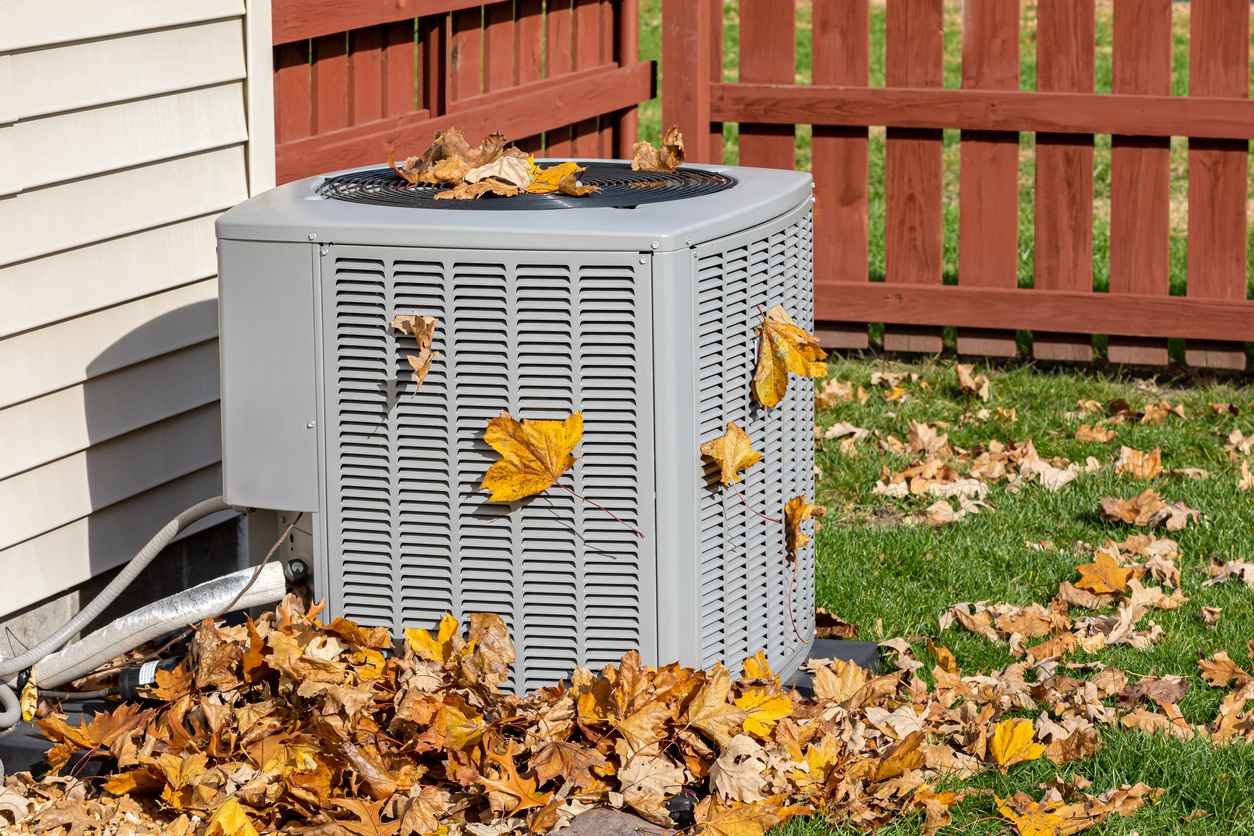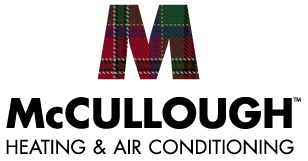4.8 Google Rating
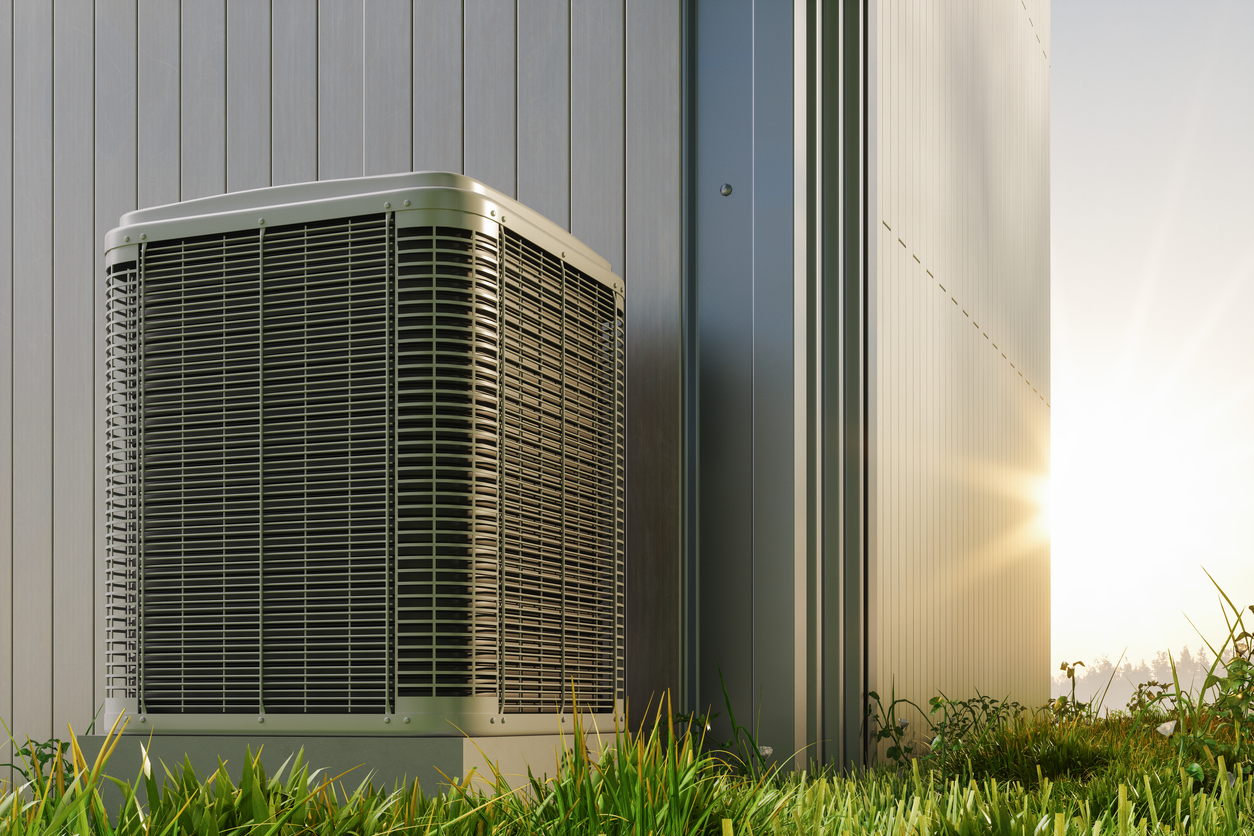
Everything You Wanted to Know About Replacing Your HVAC: Part 2 – Proper HVAC Installation
Installing a new HVAC system is more than just connecting equipment and turning it on—it’s a complex process that requires precision and expertise to ensure the system runs efficiently and meets your home’s specific needs. Even the highest-quality HVAC systems will underperform if not installed correctly. In Part 2 of our HVAC replacement series, we’ll discuss why professional installation is essential, what goes into the process, and how it impacts your system’s performance and longevity.
1. Why Proper HVAC Installation Matters
Proper installation is the foundation of HVAC system performance. A poorly installed system can lead to frequent breakdowns, inconsistent temperatures, inefficient energy use, and a shortened lifespan. In fact, research shows that improper installation can reduce a system’s efficiency by up to 30%. This reduction not only increases energy bills but also strains the system, leading to more frequent repairs and earlier replacement.
An expertly installed system, however, operates as designed, providing efficient cooling and heating, balanced airflow, and effective humidity control. Professional installation ensures that every component is correctly connected, calibrated, and positioned, setting the stage for optimal comfort and energy savings.
2. Key Components of HVAC Installation
A successful HVAC installation includes several critical steps, from site preparation to final testing. Here’s a closer look at the key components of the process:
- Site Assessment: Before installation, an HVAC technician performs a thorough assessment of your home, including the location of the outdoor unit, the placement of indoor components, and any ductwork needs. Proper placement is essential for system efficiency and airflow.
- Ductwork Inspection and Sealing: If your home has existing ductwork, it’s important to inspect and seal it to prevent air leaks. Even a new HVAC system will struggle if ductwork is leaking or incorrectly sized, resulting in energy loss and reduced performance.
- Electrical and Refrigerant Connections: HVAC systems require precise electrical connections and refrigerant levels to operate safely and efficiently. Technicians follow strict guidelines to ensure connections meet safety standards and that refrigerant is handled properly, avoiding potential leaks that could harm performance and the environment.
- Testing and Calibration: After installation, the system undergoes testing to verify that it’s running smoothly and efficiently. Technicians calibrate the thermostat, check airflow, inspect the temperature differential, and make adjustments as needed to optimize performance.
3. The Risks of DIY or Unqualified Installation
While it may be tempting to cut costs with a DIY installation or an unqualified technician, improper installation can lead to significant problems down the line. HVAC systems require specialized knowledge to ensure components are handled safely and connected correctly. Common risks of DIY or unqualified installation include:
- Improper Sizing: Without proper sizing, the system may be undersized or oversized, leading to inefficient operation, frequent cycling, and increased energy costs.
- Electrical Hazards: HVAC systems involve high-voltage electrical connections, and improper handling can lead to electrical shorts, fires, or damage to the equipment.
- Refrigerant Leaks: Handling refrigerants requires certification to prevent leaks, which can impact performance and the environment. Improper refrigerant levels lead to poor cooling, higher bills, and potential damage to the compressor.
These issues often require costly repairs and may even void manufacturer warranties, leading to higher long-term expenses. Investing in a qualified, professional installation prevents these risks and provides peace of mind knowing your system is in good hands.
4. How Proper Installation Affects Energy Efficiency
Energy efficiency is one of the primary benefits of proper HVAC installation. A professionally installed system operates as designed, ensuring that each component works harmoniously to achieve the highest SEER (Seasonal Energy Efficiency Ratio) and AFUE (Annual Fuel Utilization Efficiency) ratings possible. For Austin homeowners facing high energy bills, an efficient system translates into noticeable savings over time.
When installed correctly, an HVAC system maintains balanced airflow, consistent temperatures, and effective dehumidification, reducing the need for excessive energy use. Improper installation, on the other hand, forces the system to work harder to achieve desired temperatures, consuming more energy and leading to increased costs.
5. The Role of Ductwork in System Performance
Ductwork is a crucial element of HVAC installation that often goes overlooked. Even the most efficient HVAC system will underperform if ducts are leaky, undersized, or poorly designed. During installation, an HVAC professional inspects the ducts to ensure they can handle the system’s airflow requirements and don’t have leaks that waste energy.
For homes without ductwork or with extensive duct issues, ductless mini-split systems can be an effective alternative, providing efficient heating and cooling without the need for ducts. In either case, a professional will assess your home’s layout and recommend the best option to ensure even distribution of conditioned air.
6. Installation’s Impact on System Longevity
Proper installation not only optimizes efficiency but also extends the system’s lifespan. HVAC systems installed by qualified professionals experience fewer mechanical issues and require less frequent repairs over time. Components such as the compressor, blower motor, and coils function more reliably, as they’re not forced to compensate for poor installation practices.
By reducing strain and wear on the system, professional installation ensures that your HVAC equipment lasts longer and provides a higher return on investment. With the right installation and regular maintenance, many HVAC systems can operate effectively for 15 years or more, delivering comfort and savings throughout their lifetime.
7. Why Choose McCullough for HVAC Installation
McCullough Heating & Air Conditioning is committed to delivering high-quality HVAC installation services that maximize your system’s performance and efficiency. Our experienced technicians are certified and trained in the latest installation techniques, ensuring each system is sized, positioned, and calibrated for your home’s unique requirements. We follow a comprehensive installation process, including site assessments, precision connections, and extensive testing, so you can trust that your system will operate at its best from day one.
We understand that every home is different, and our team takes the time to evaluate factors such as insulation, window orientation, and airflow patterns to ensure a seamless installation. By choosing McCullough, you can enjoy peace of mind knowing that your HVAC system is installed with precision and care, setting the stage for years of reliable performance and energy savings.
Conclusion: Ensure a Quality Installation for Long-Term Comfort and Efficiency
Proper HVAC installation is essential to get the most out of your new system, from improved energy efficiency to increased comfort and a longer lifespan. At McCullough Heating & Air Conditioning, our team has the expertise to provide a flawless installation that meets your needs and budget. Contact us today to schedule a consultation and experience the benefits of professional installation for your Austin home.
Recent News
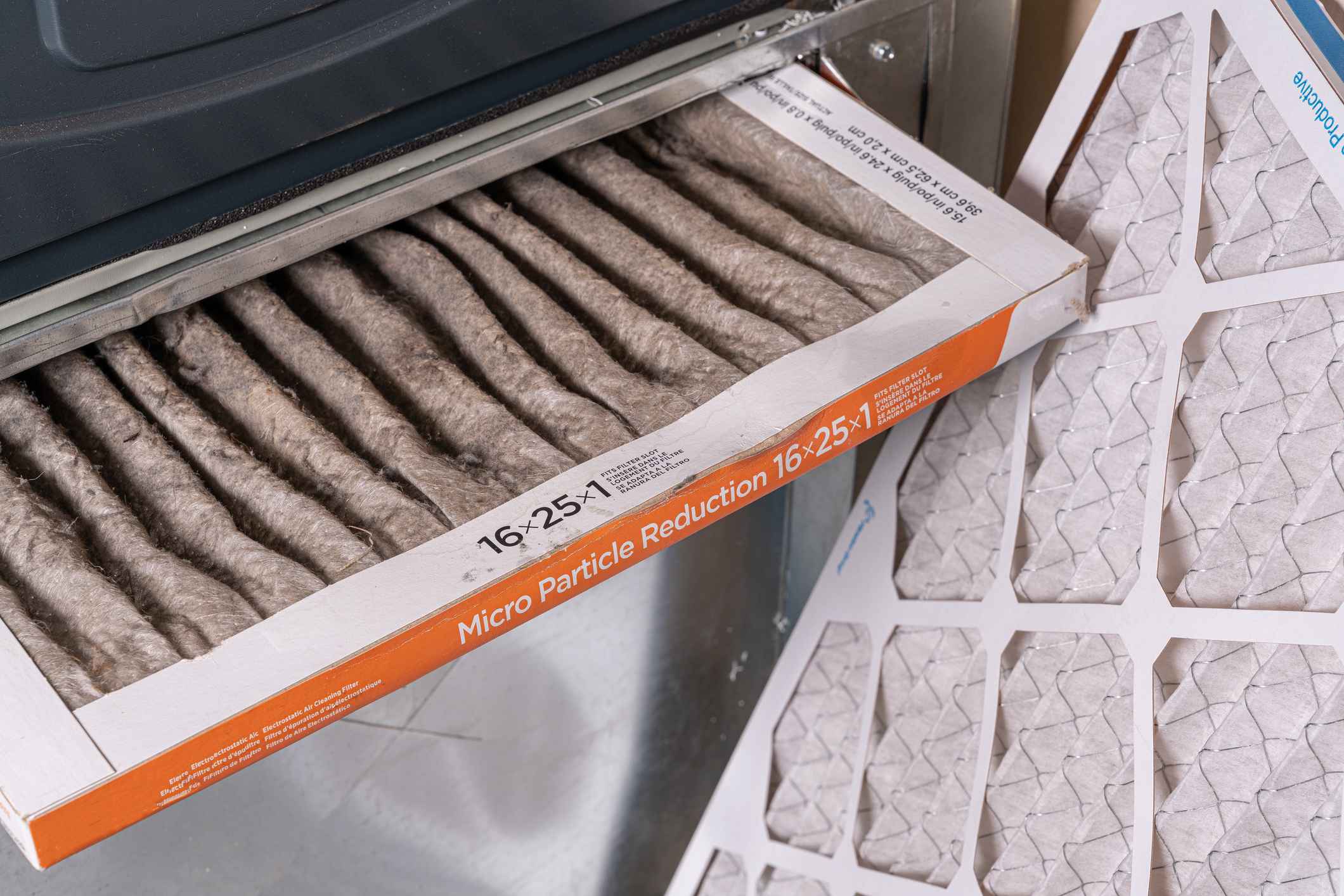
Don’t Get Spooked by Strange HVAC Noises This Halloween: Austin’s Guide to a Fright-Free, Cozy Home
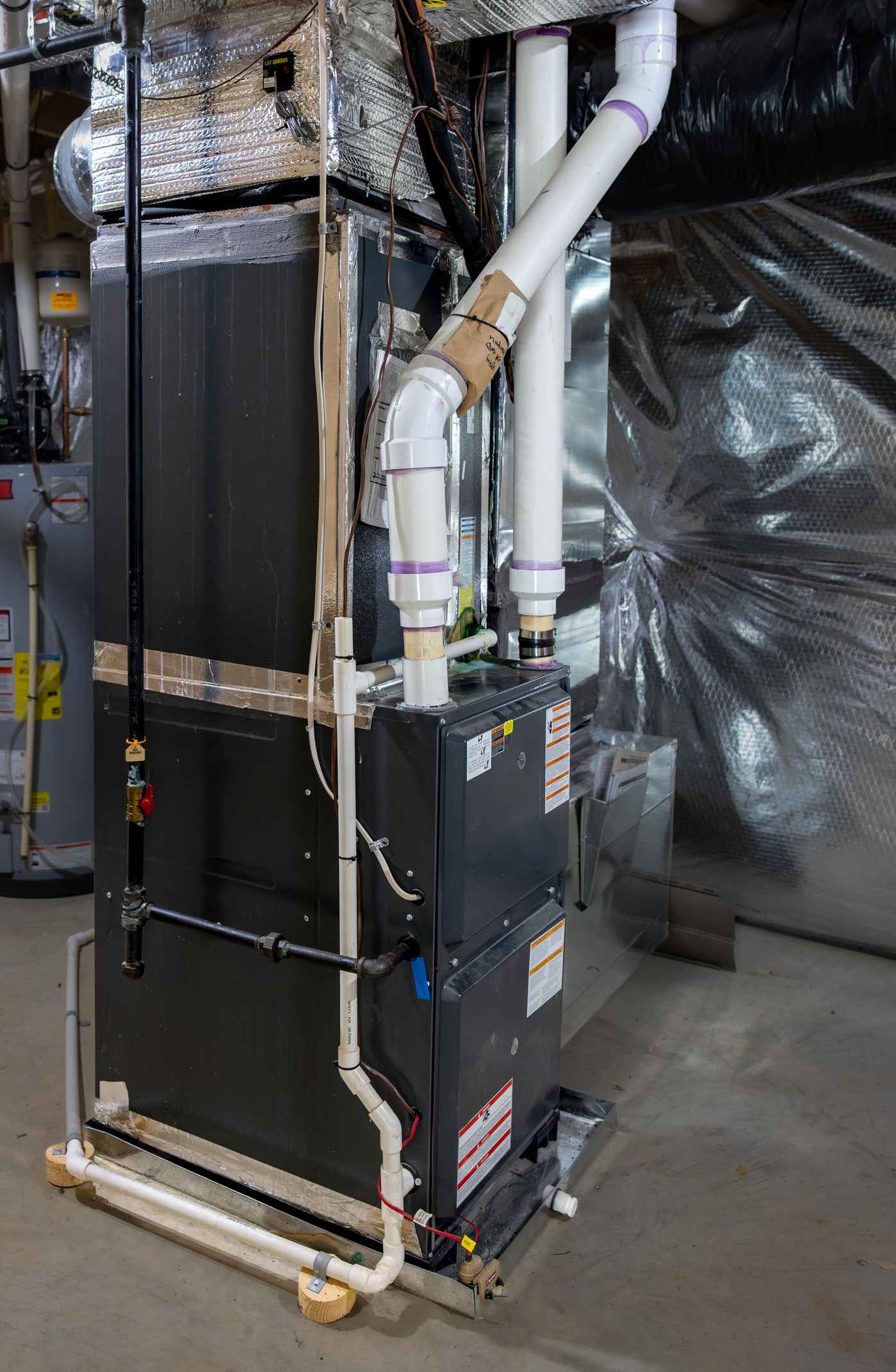
Preparing Your Austin Home for the Switch from AC to Heat
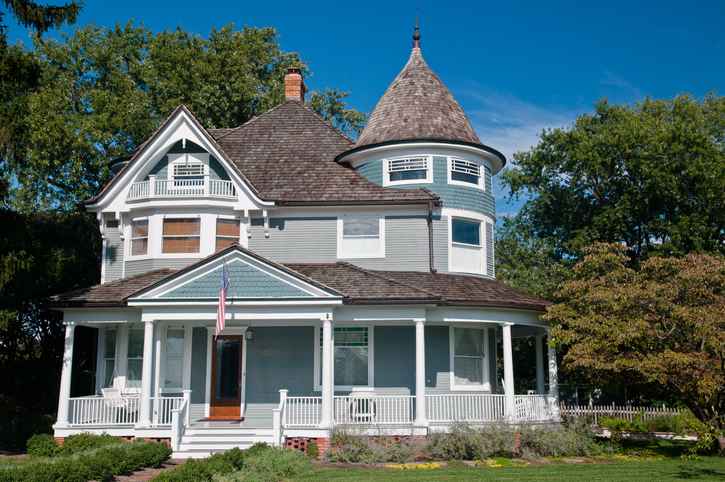
Why Austin’s Older Homes Need Special Attention When It Comes to HVAC Efficiency
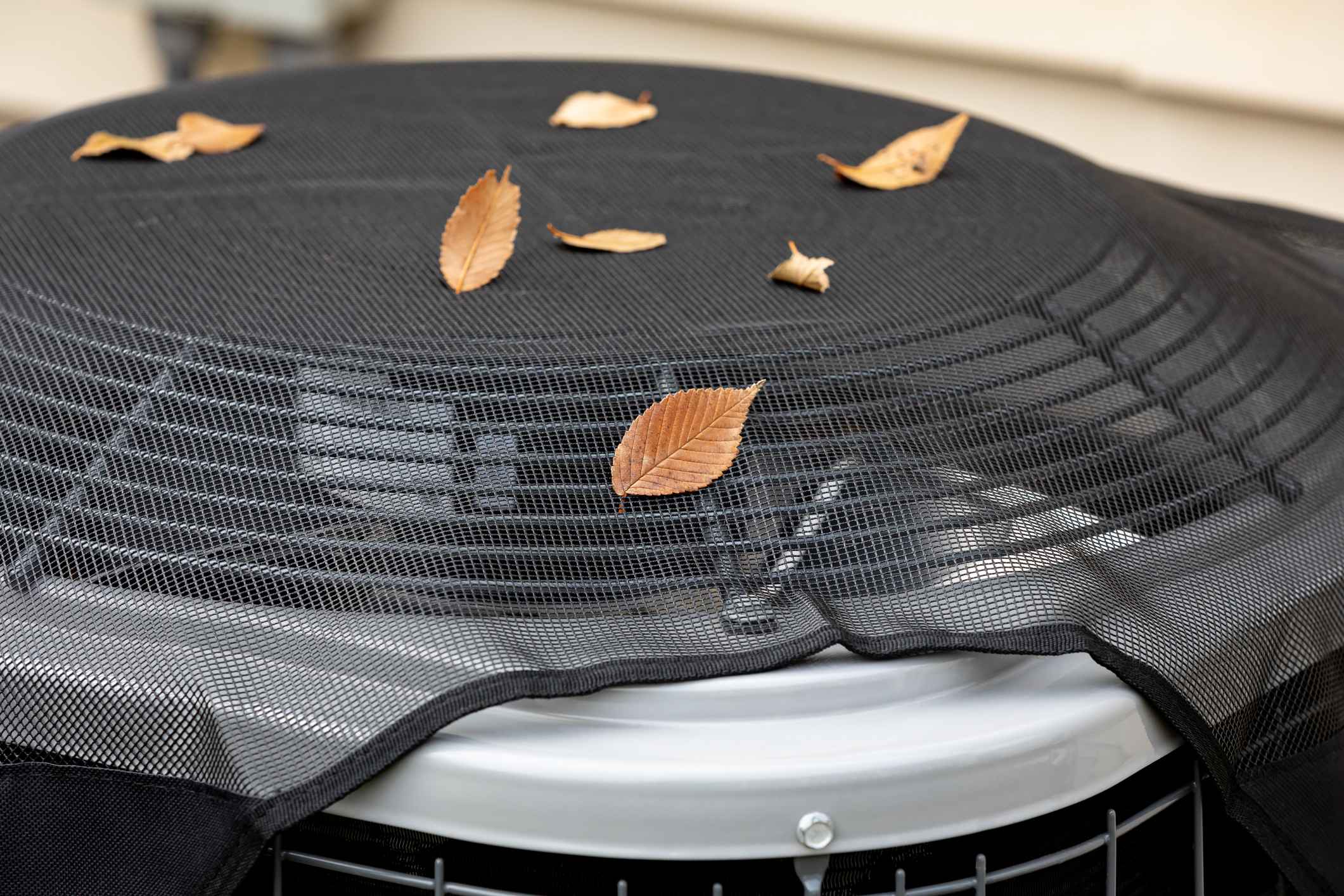
Staying Cool This Fall: HVAC Tips for Austin Homes During October Heat
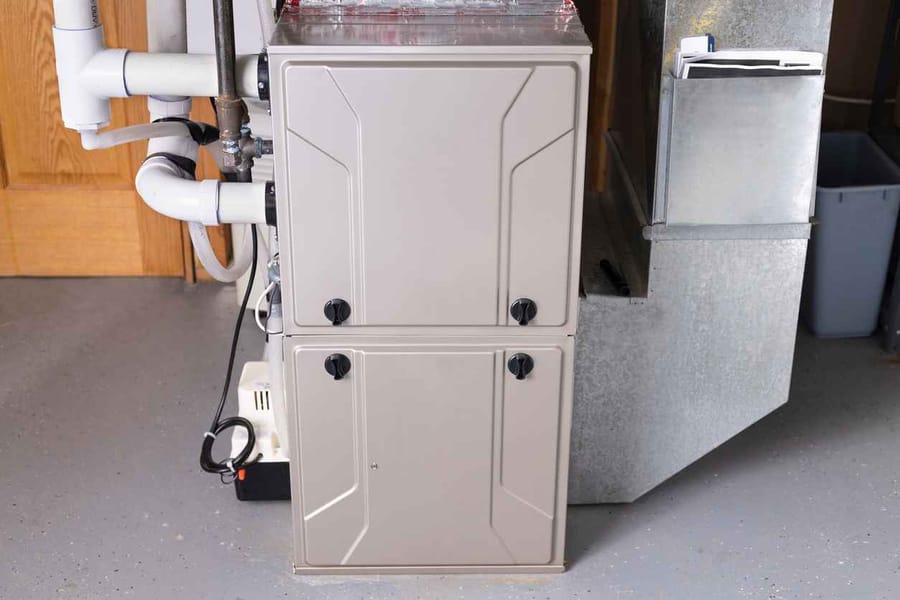
When to Consider a Heating Upgrade in Central Austin

Top 10 Common Texas Heater Problems and How to Solve Them Yourself
